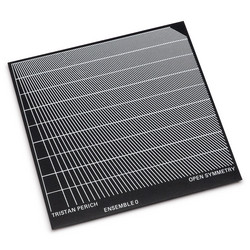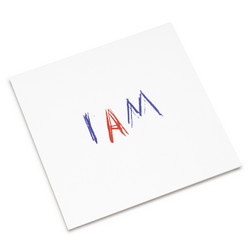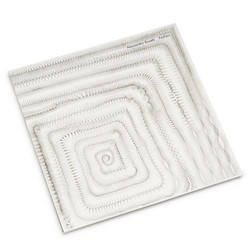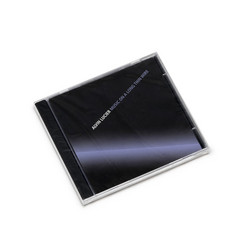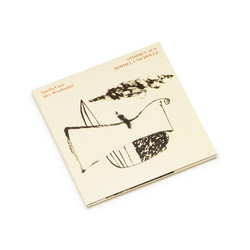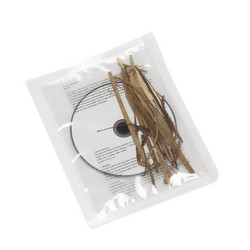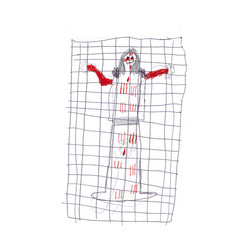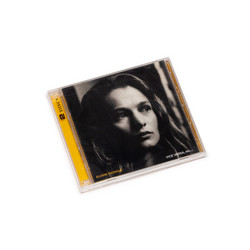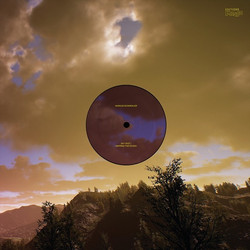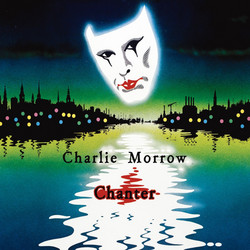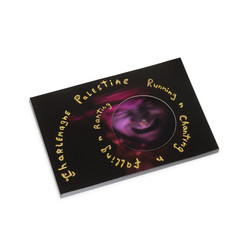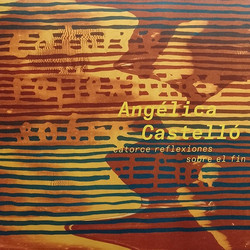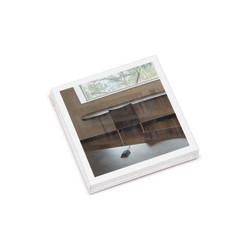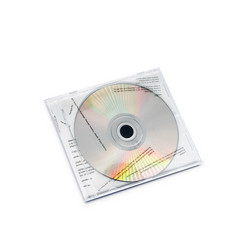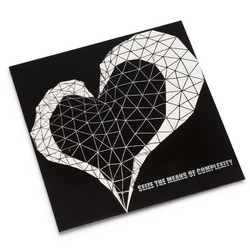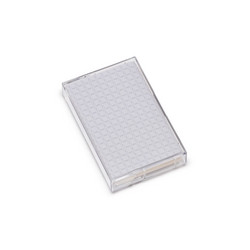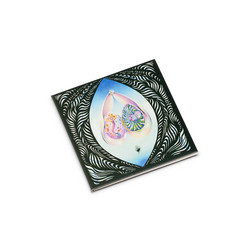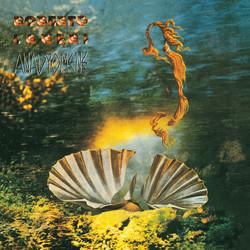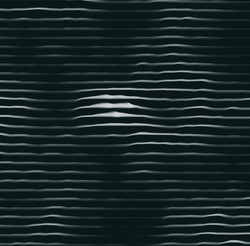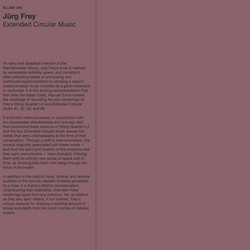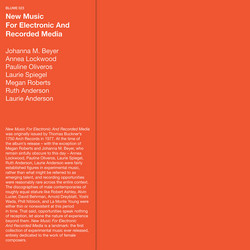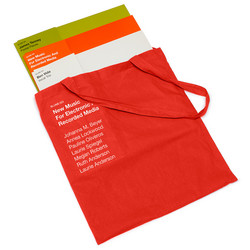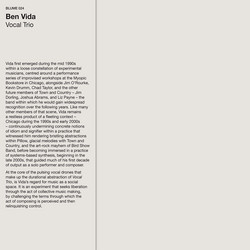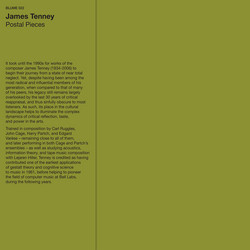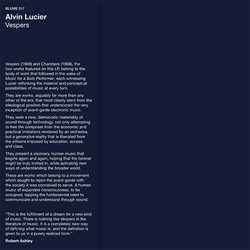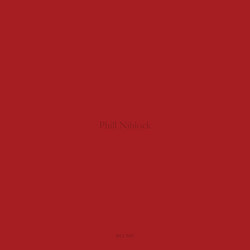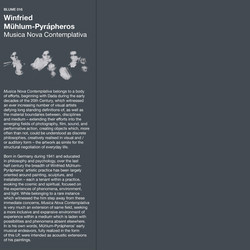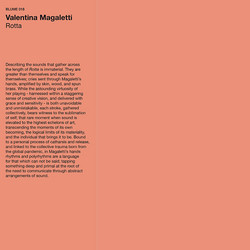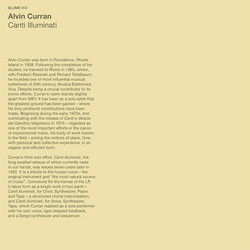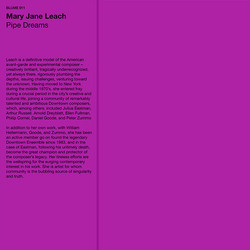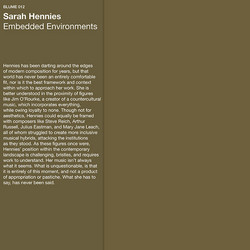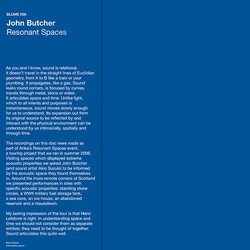Roberto Laneri
Harmonic Crystals (12 Tapes Box)
Born in Arzignano, Italy, in 1945, Robert Laneri first emerged in the American West during the early 1970s, while he was still a Ph.D. student in musical composition at the University of California, San Diego. A former member of the Peter Kotik's S.E.M. Ensemble, together with Julius Eastman and Jan Williams, and a central figure in the highly distinct movement of Italian minimalism that would develop over the coming years - becoming one of its most important practitioners of experimental, extended vocal technique - Laneri is an artist who has always rested slightly outside the creative zeitgeists of each historical moment he has occupied. Rather than being drawn to the potential of human voice by prominent contemporaneous figures like Joan La Barbara, La Monte Young, or Pauline Oliveros, the roots of Laneri’s remarkable body of work stem from a chance encounter, in 1972, with recordings of Buddhist Tantric singing, establishing an approach to microtonality and harmonics that set him entirely apart - via his study and practice of overtone singing - imbuing the forward-thinking nature of experimental music with resonances of something truly ancient.
Overtone singing - the technique that Laneri slowly developed and refined for the entirety of his career, reaching remarkable fruition across the length of “Harmonic Crystals” - exists within various, often ancient, culturally specific traditions in diverse corners of the globe: Mongolian khöömii, Tuvan throat singing, Sardinian cantu a tenore, and South African umngqokolo, and among numerous others. Sometimes alternatively referred to as overtone chanting, harmonic singing, polyphonic overtone singing, and diphonic singing, relies upon the manipulation of the resonances produced by the vocal tract, which produces additional, separate notes beyond the fundamental frequency being produced (the hearing of multiple notes at the same time). Laneri began his studies and practice of these techniques shortly after his early encounter with Buddhist Tantric singing, developing them further within the short lived group EVP, before presenting them in full fruition within Prima Materia - the vocal collective of Laneri, Claudio Ricciardi, Gianni Nebbiosi, and Susanne Hendricks - whose lone 1977 LP, “La Coda della Tigre”, remains a definitive gesture within the canon of Italian Minimalism.
Over the years since the dissolution of Prima Materia, Laneri has produced a remarkable body of solo efforts - 1985's “Two Views of the Amazon”, 1987's “Anadyomene”, and 2021's “South of No Border” being particular high points - in addition to collaborations with Christina Kubisch, Roberto Donnini, Maria Monti, Peter Gabriel, and numerous others, but has largely operated outside of the limelight. In this light, the inescapable power and scope of “Harmonic Crystals” presents a long overdue opportunity to reacknowledge a composer of singular vision working in our midst.
“Harmonic Crystals” was composed by Roberto Laneri in collaboration with Agnese Banti, a sound artist, musician and overtone singer whose artistic activity has always been gravitating around choral music, soundscape studies, traditional music repertoires, composition for space and the collaborative dimension of music making. Recorded in Rome during the summer of 2019, presents four typologies of harmonic crystals - a philosophical and structural approach deployed by the composer - within which two-sound intervals converging on a common overtone (A2); three- to five-sound formations converging on a common overtone (A3, A4, A5). Harmonic crystals, as the composer explains them, are “points to an isomorphism between visual and harmonic crystals, in the sense that harmonic crystals behave in the world of acoustics the way crystals behave in the world of vision: whereas crystals can be rotated in order to transmit light in different ways, thus producing different effects and becoming suitable objects for meditation, the same result can be achieved by the manipulation of acoustic parameters such as frequency (e.g., beats), dynamics, ambiance, phasing, panning etc.” seeking a kind of harmonic convergence where overtones of two or more voices converge on the unison or significant specific pitch formations, which creates trance inducing, otherworldly effects.
Whether approached as a series of discrete works distributed over 24 sides of the box set’s cassettes, or a single, sprawling continuum, “Harmonic Crystals” is a sonorous immersion with almost no precedent anywhere within the history of recorded music. Within the collection’s roughly 12 hours of music, the very notions of time, structure, dynamics, and blur. Like the work of Eliane Radigue, microscopic details, interplays, and auditory phenomena transform into monumental events, without undermining the concrete totality and uniformity of each whole. In Laneri’s hands drone and durational music - taking the ear into the profound and intimate depths activated by the human voice - become a malleable material, at once conceptual and cerebral on deeply personal terms, while bodiless and elemental, touching on the roots of all musical expression and desire.
Overwhelmingly beautiful and creatively rigorous, Blume Editions is overjoyed to present Roberto Laneri’s monumental “Harmonic Crystals”. Issued in a very limited edition of 80 copies, with 12 full length cassettes, housed in a wooden box and accompanied by extensive explanatory liner notes by Laneri and four graphic scores, it stands as a crowing achievement for the composer and label alike.


